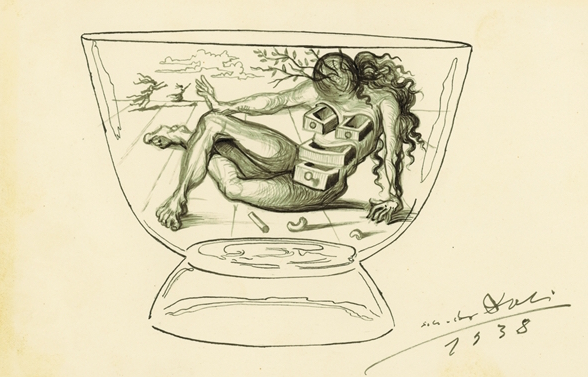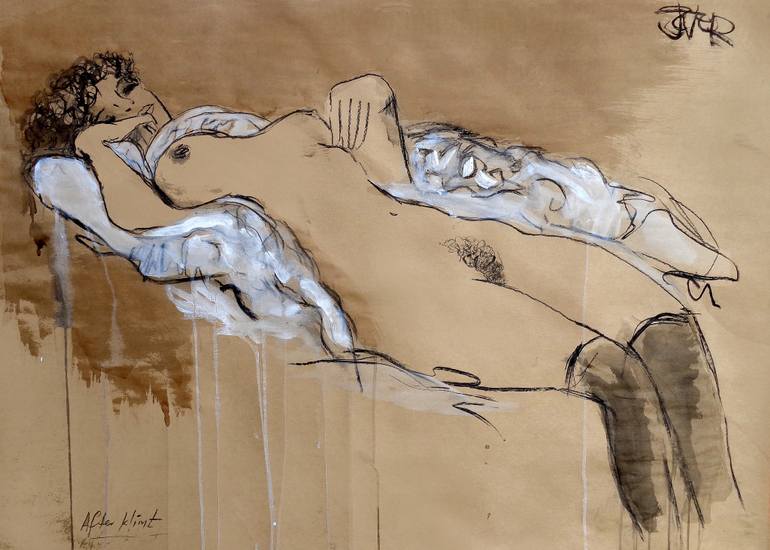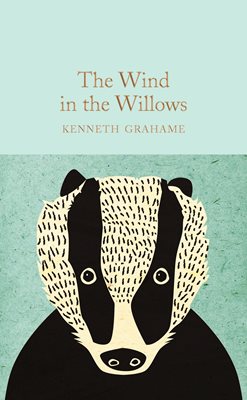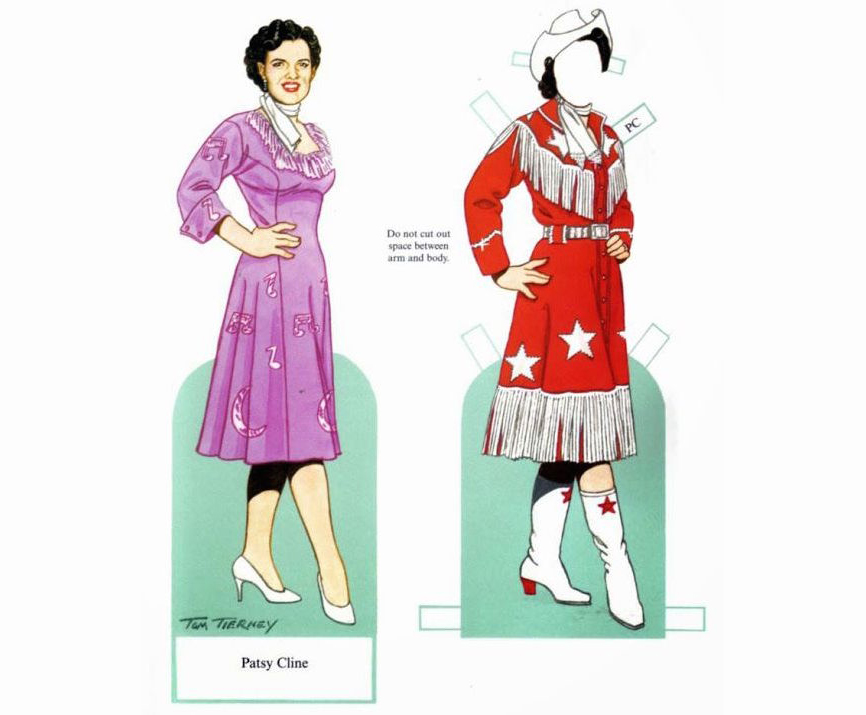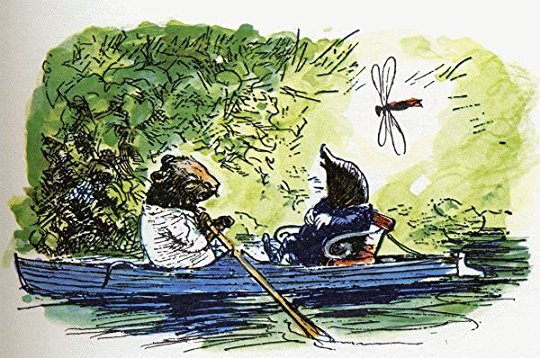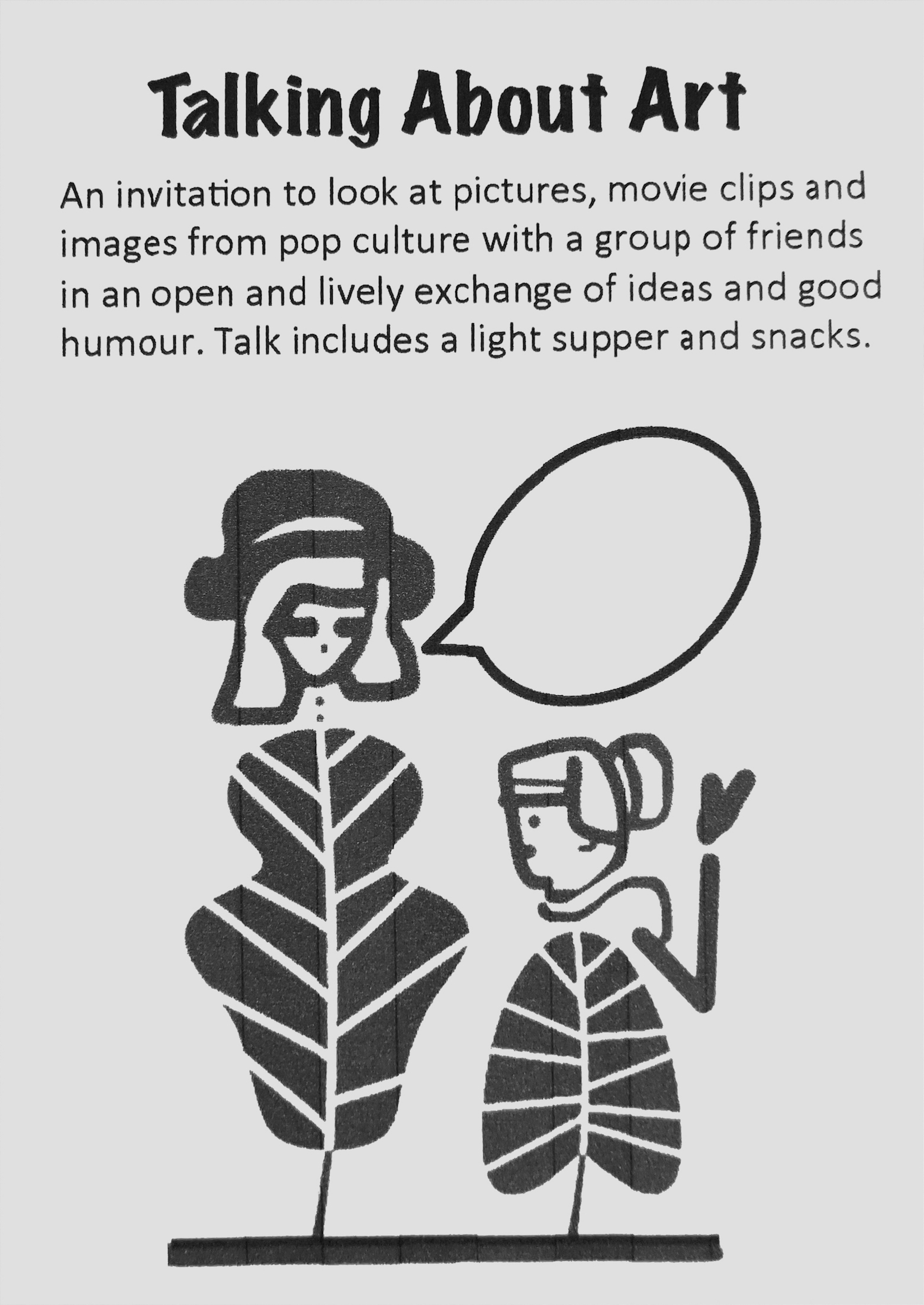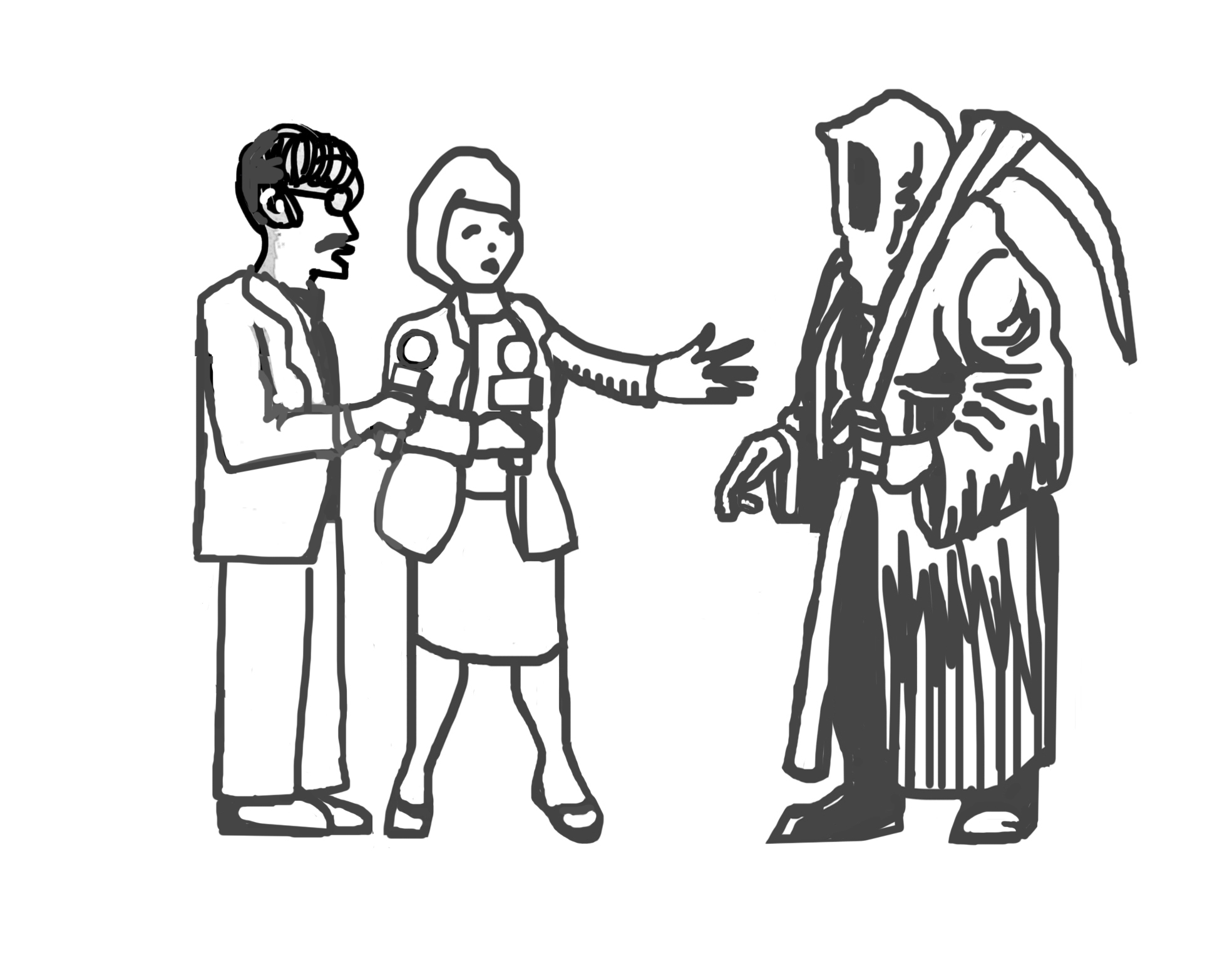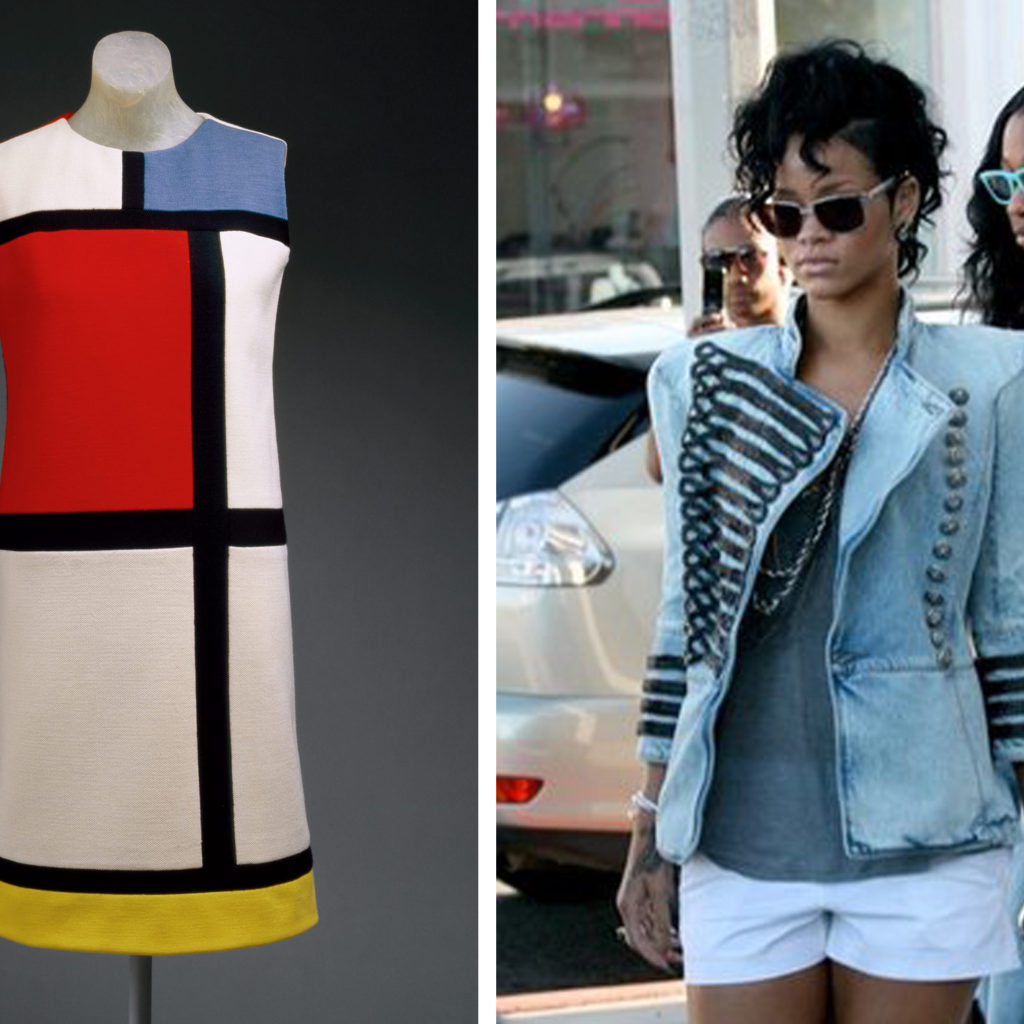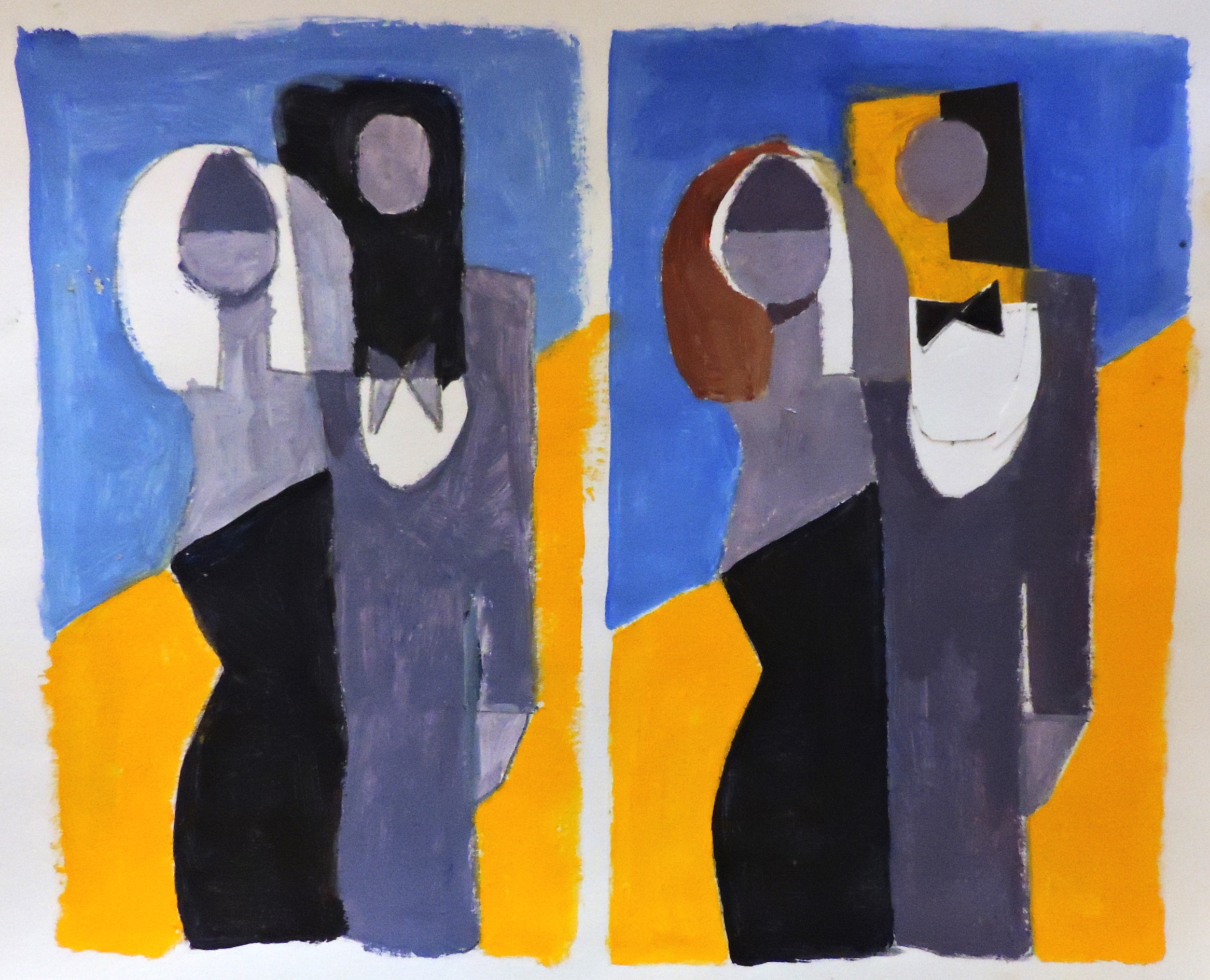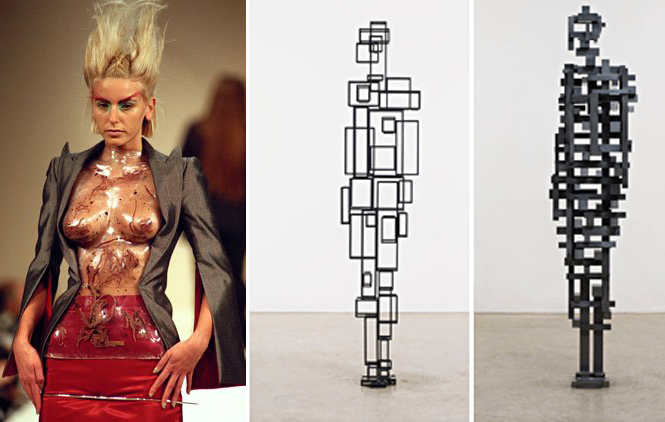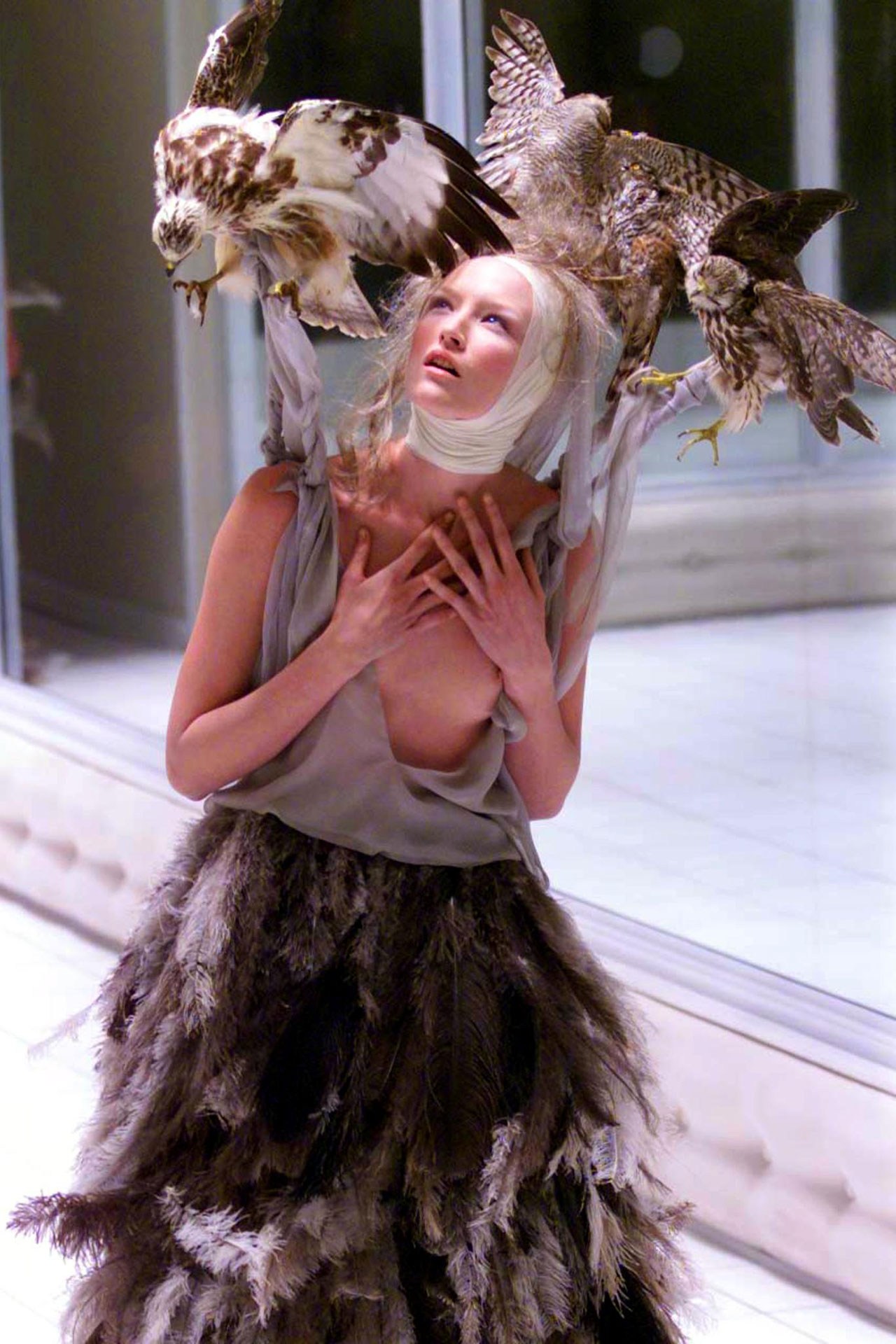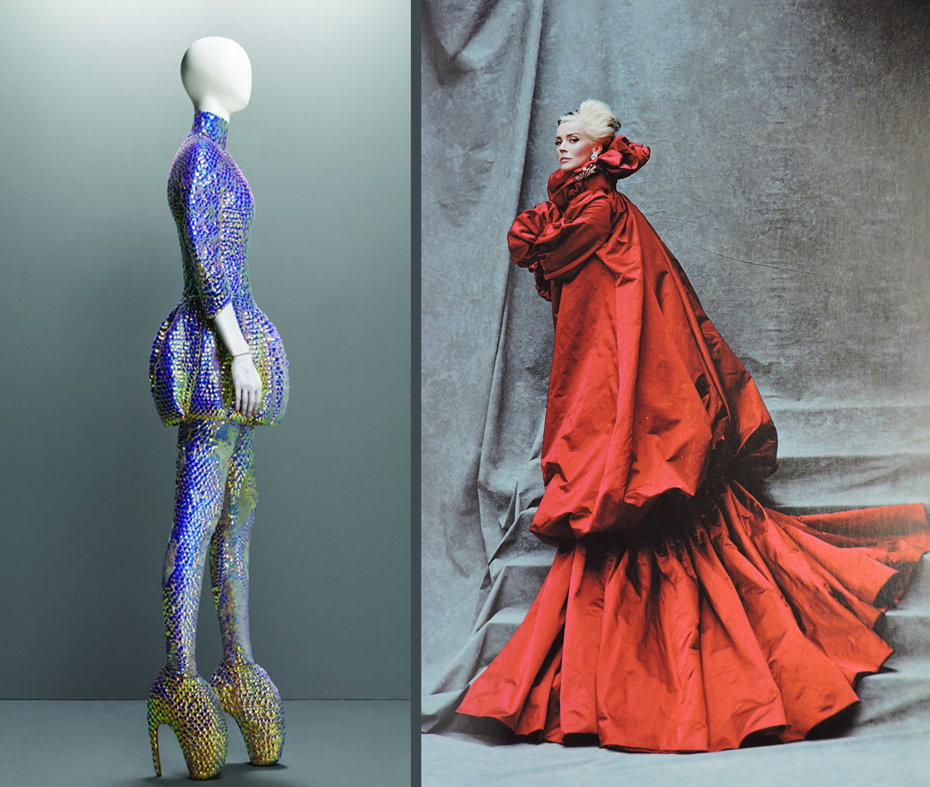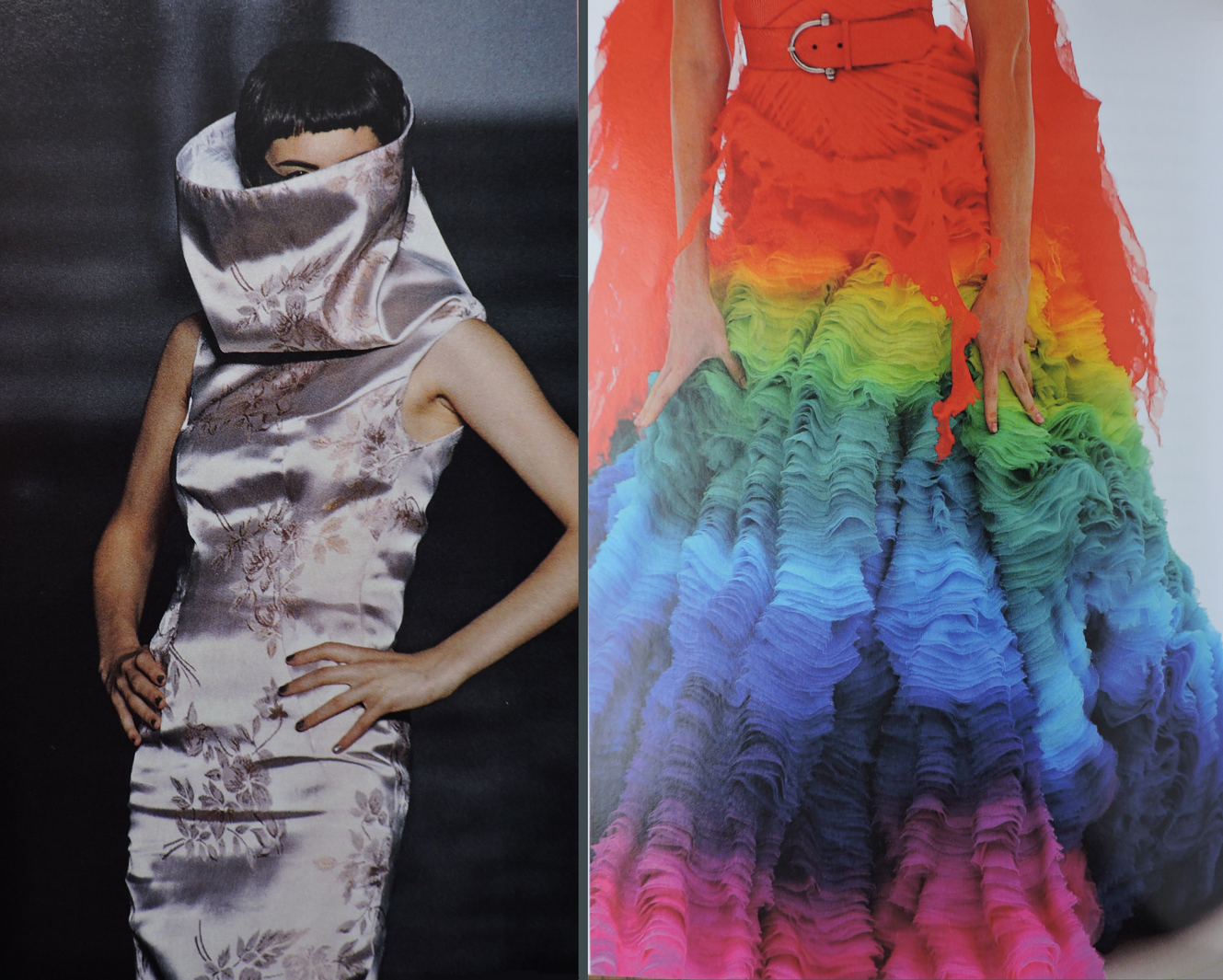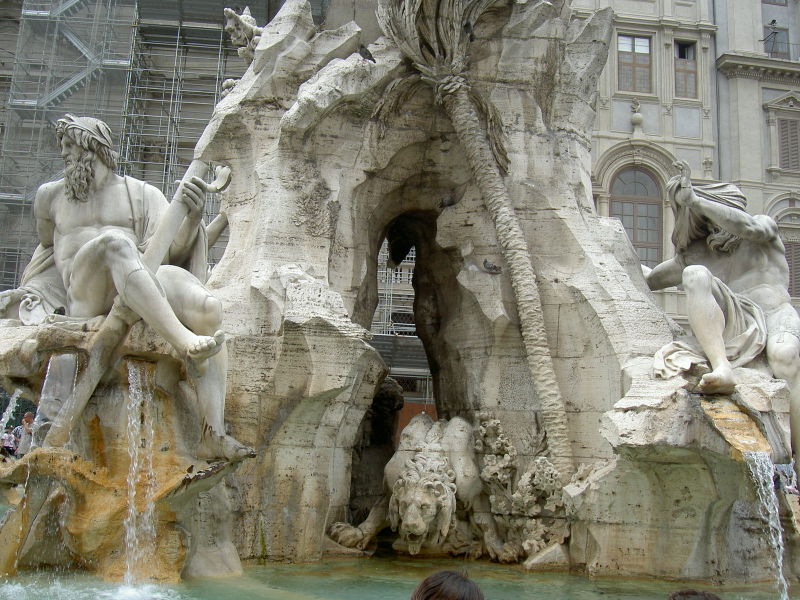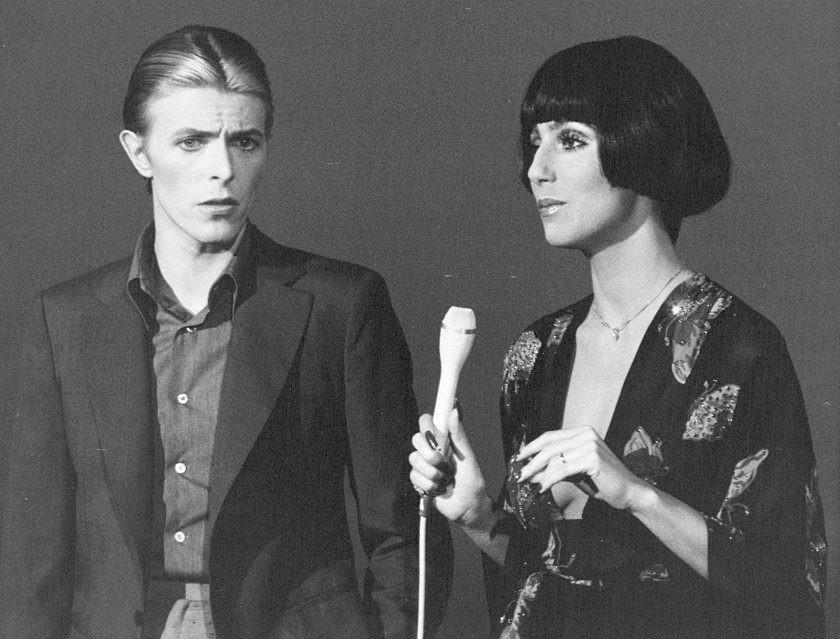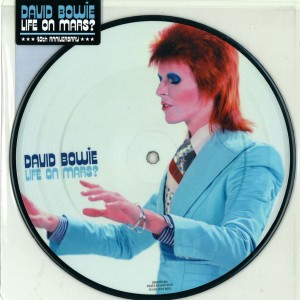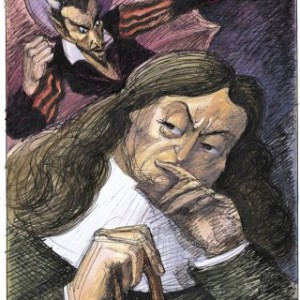Recently a friend invited me to join him for an informal life drawing session held in the back room of a used furniture store in Halifax. The store doubles as a prop warehouse for movie companies so the background comprised a jumble of miscellaneous items. Because the room was small the dozen aspiring artists sat close to one another and almost on top of the unfortunate model, who remained remarkably poised and professional throughout.
It’s a humbling exercise. You want to draw well, you want your drawing to have a spark of personality, but you also want some semblance of reality, some faint hint of proportion. No pressure. There’s a naked person in front of you, you know a digital timer will buzz at any second, while everyone in the room scribbles away as fast as possible.
I came home and had the following thought experiment. Imagine the young artists in the room were Picasso, Dali, Magritte, Matisse, Klimt, Schiele, Frida Kahlo, Tom Wesselmann and a few others. Dali does an impeccable drawing, neat, detailed, beautifully shaded and full of showy surrealist touches. Magritte draws with complete indifference to his subject and surroundings. He proceeds like an artist in a courtroom. His drawing is accurate and perfunctory and yet, despite himself, there is a undeniable element of poetry to the figure. Frida is the only artist in the room to capture any sense of the model as a personality. The face is lovely, though it suggests suffering and endurance and bears a striking resemblance to Frida herself.
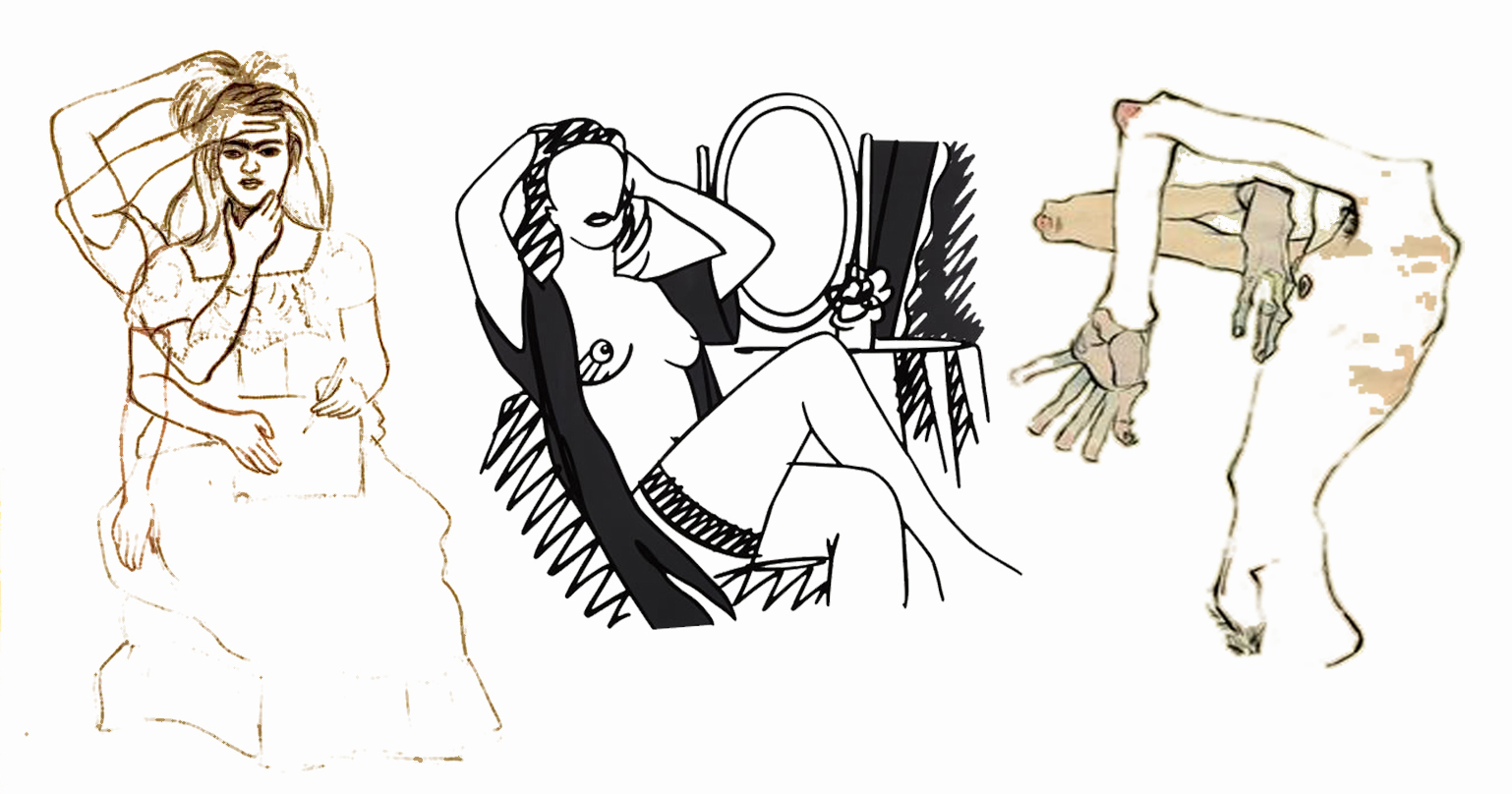
Frida Kahlo, Self-portrait, 1937, Tom Wesselmann, Nude with Mirrow, 1990 and Egon Schiele, Torso, 1914
Arriving with no drawing materials, Picasso borrows pencils and pad from his neighbour. The room is stifling hot and Picasso is the first to strip off. Others follow and soon discarded clothes are piled on every available surface. Picasso draws with lightning speed. He finishes well before the buzzer sounds and steps out into the corridor to join Schiele for a smoke. Schiele is a nervous wreck. Painstakingly slow, he barely draws a single line before the buzzer sounds. When Matisse arrives, he sits so close to the model that he blocks the view of those behind him. Music plays in the background and Matisse hums along. The others in the room pretend not to hear this. Soon Picasso is singing out loud. Loudly. The room joins in.
Matisse tells funny stories to the model. She laughs, her position shifts and objects sail through the air in Matisse’s direction. Picasso dances with Frida, oblivious of the fact that she can barely stand. Dali takes advantage of this opportunity to cut one of Picasso’s drawings from his sketchbook. Picasso, of course, signs everything. Dali will take the drawing home, draw on top of it, sign it himself and claim it as a collaboration with his close friend and fellow Spaniard. Magritte alters some of the paintings on the wall. Klimt is busy selling one of his drawings to a fellow student. The drawing has an erotic allure and the buyer feels thrilled and embarrassed at the same time.

